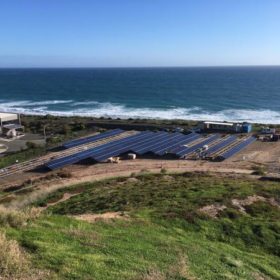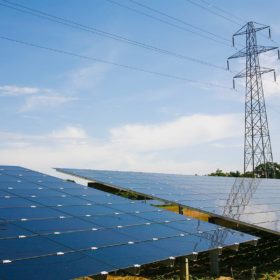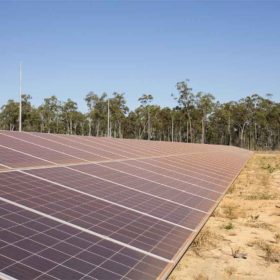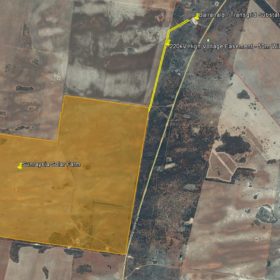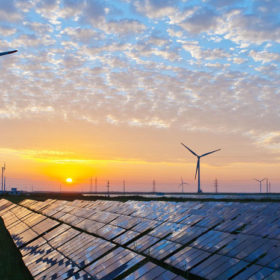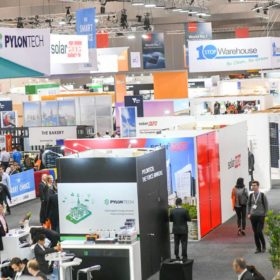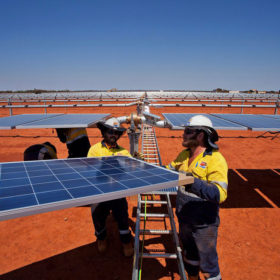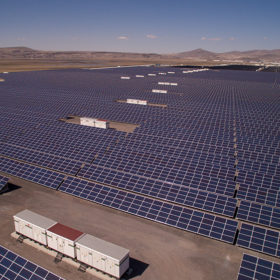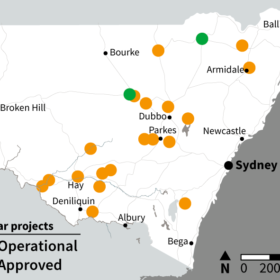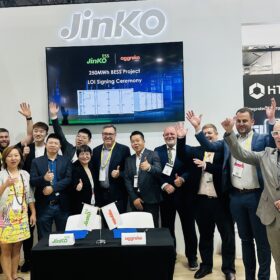SA Water Corporation readies to deploy 4.14 MW coastal PV project
South Australia’s largest water and sewerage services supplier is set to add a utility-scale PV project to its solar fleet, as part of its plan to achieve zero net electricity costs by 2020. The project will feature solar modules provided by Chinese module giant JA Solar.
Victoria approves 68 MW Congupna solar farm, proposes large-scale solar guidelines
The Victorian government has given the green light to a utility-scale solar farm north of Shepparton and released draft planning guidelines for the development of large solar farm projects across the state.
NT government approves 25 MW solar PV plant, announces reforms to back battery uptake
As part of its electricity market reforms, the Northern Territory’s government has announced plans to review its solar feed-in tariffs in order to encourage the existing solar households to add battery storage. It has also greenlit the 25 MW Katherine solar park, the state’s largest solar PV farm to date.
Maoneng secures financing for 255 MWp Sunraysia Solar Farm
In addition to securing debt financing from a consortium of banks, the Australian-Chinese renewables developer has entered into a long-term equity partnership with global infrastructure investor John Laing for the investment and development of the Sunraysia Solar Farm. John Laing confirmed it will invest $108.6 million in the project, taking a 90.1% stake.
Macquarie provides capital for 11 GW Pilbara renewable energy hub
The Asian Renewable Energy Hub’s generation capacity has been boosted from 9 GW to 11 GW, as Macquarie Group has pledged to invest in the project that aims to export power to South East Asia, as well as supply big miners and green hydrogen projects in the Pilbara region, Western Australia.
Big crowds as All Energy kicks off with major announcements
The All-Energy Australia 2018 exhibition & conference kicked off in Melbourne today. Safety of products and quality assurance was prominent in discussions at the country’s largest PV conference and trade show in its early hours. Big funding announcements at the opening plenary made headlines.
Interview: Three million modules covered by new validation scheme
The Clean Energy Regulator says that around half of the six million modules expected to be installed on Australian rooftops this year will be covered by its new Solar Panel Validation scheme. The agency’s General Manager of the SRES program Michelle Crosbie spoke to pv magazine Australia about the program and the “full suite” of tools at the regulator’s disposal when it comes to compliance under the SRES.
Victoria overtakes Queensland in renewables jobs boom
Owing to its state-based renewable energy initiatives, Victoria is in the box seat to create more than 6,000 jobs annually, shows a new analysis released by Green Energy Markets. Overall, renewable energy generation managed to exceed 25% of power supply for the first time across Australia’s main grids.
Project delays damage solar’s reputation
With the first Quality Roundtable Australia set to kick off tomorrow at All Energy, Aaron Zadeh, Product Marketing Manager – Utility Solar at ABB sets out how advanced project simulation monitoring can avoid costly issues before they become a problem.
“Eyes now of NSW” as states move on solar, storage
With the latest Green Energy Markets’ figures revealing that Victoria’s large scale renewables boom is creating 6000 jobs, pressure in mounting on New South Wales to support solar and wind. With a state election looming, the state government may move.
